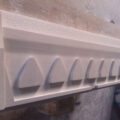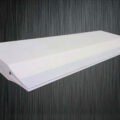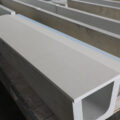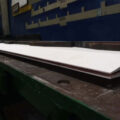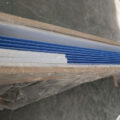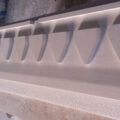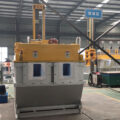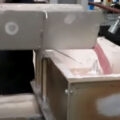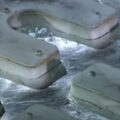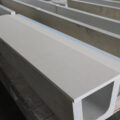Feed tip for supplying molten metal such as aluminum to the continuous casting machine, the molten metal is supplied to the cavity and communicated with a nozzle, and the molten metal is communicated and discharged from the nozzle to between the movable members. The baffle is located in the cavity between the molten metal inlet and the nozzle, and has a specific relationship with each other. There is a specific relationship between the direction of the molten metal flowing into the cavity and the contour of the cavity wall opposite to the nozzle. Control the direction of metal flow. The molten metal passes through the casting nozzle cavity to evenly supply the molten metal to the casting and rolling machine.
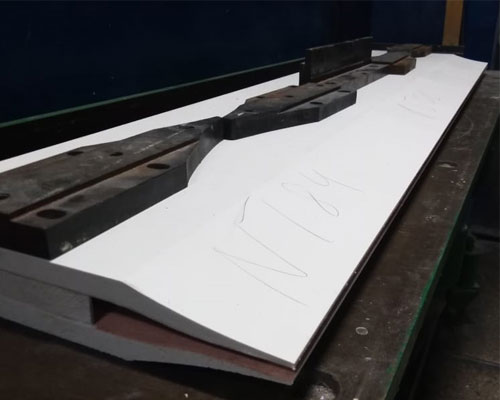
The continuous casting tip is located between the pair of rolls, and the molten metal is discharged from the discharge nozzle into the space between the adjacent surfaces of the rolls. The length of the discharge nozzle determines the width of the cast strip. The discharge nozzle communicates with the cavity into which the molten metal is introduced. In order to obtain qualified products within an extended production time, molten metal must be continuously and uniformly discharged from the nozzle.
Feed tip for continuous metal casting machine uses a type of movable part in which metal is cast to ensure that the metal is continuously and evenly distributed from the entire length of the discharge nozzle to obtain uniform solidification. In a larger casting temperature range, the metal is distributed across the entire width of the relative moving member (such as a roll or plate) to produce a consistent high-quality product with a more uniform grain structure, while reducing retention of time, the casting speed is commensurate with the cooling capacity of the casting machine, the starting speed is faster, the control is simpler, and the life of the feed head is longer.
By providing baffles in the cavity between the molten metal inlet and the discharge nozzle, the baffles have a specific relationship with each other, so that the molten metal flows into the cavity and has a specific relationship with the contour of the wall. The opening of the cavity facing the discharge nozzle jointly controls the flow direction of the molten metal through the cavity in a manner to ensure that the molten metal is uniformly and continuously distributed to the nozzle over its entire length.

